Christiane B. Wiebel-Herboth
Improving HRI through robot architecture transparency
Aug 26, 2021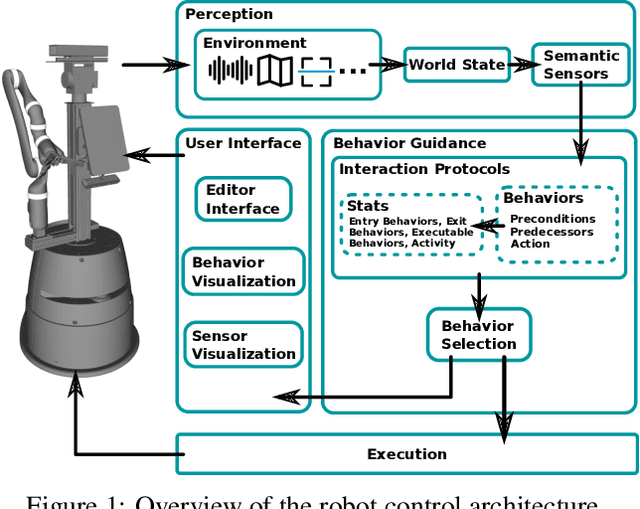
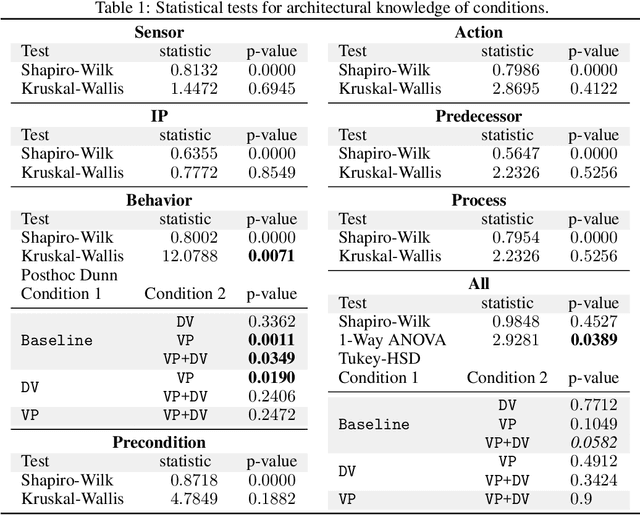
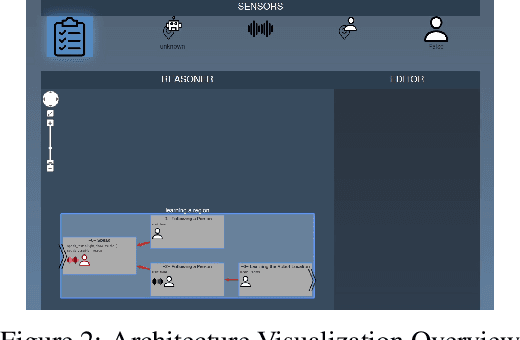
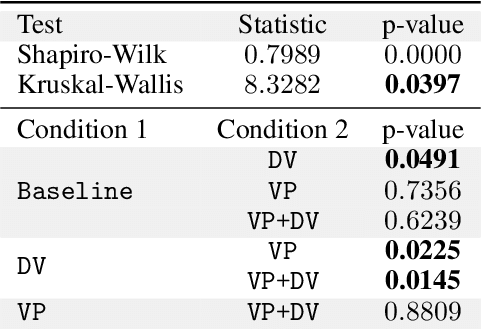
Abstract:In recent years, an increased effort has been invested to improve the capabilities of robots. Nevertheless, human-robot interaction remains a complex field of application where errors occur frequently. The reasons for these errors can primarily be divided into two classes. Foremost, the recent increase in capabilities also widened possible sources of errors on the robot's side. This entails problems in the perception of the world, but also faulty behavior, based on errors in the system. Apart from that, non-expert users frequently have incorrect assumptions about the functionality and limitations of a robotic system. This leads to incompatibilities between the user's behavior and the functioning of the robot's system, causing problems on the robot's side and in the human-robot interaction. While engineers constantly improve the reliability of robots, the user's understanding about robots and their limitations have to be addressed as well. In this work, we investigate ways to improve the understanding about robots. For this, we employ FAMILIAR - FunctionAl user Mental model by Increased LegIbility ARchitecture, a transparent robot architecture with regard to the robot behavior and decision-making process. We conducted an online simulation user study to evaluate two complementary approaches to convey and increase the knowledge about this architecture to non-expert users: a dynamic visualization of the system's processes as well as a visual programming interface. The results of this study reveal that visual programming improves knowledge about the architecture. Furthermore, we show that with increased knowledge about the control architecture of the robot, users were significantly better in reaching the interaction goal. Furthermore, we showed that anthropomorphism may reduce interaction success.
Human-Vehicle Cooperation on Prediction-Level: Enhancing Automated Driving with Human Foresight
Apr 14, 2021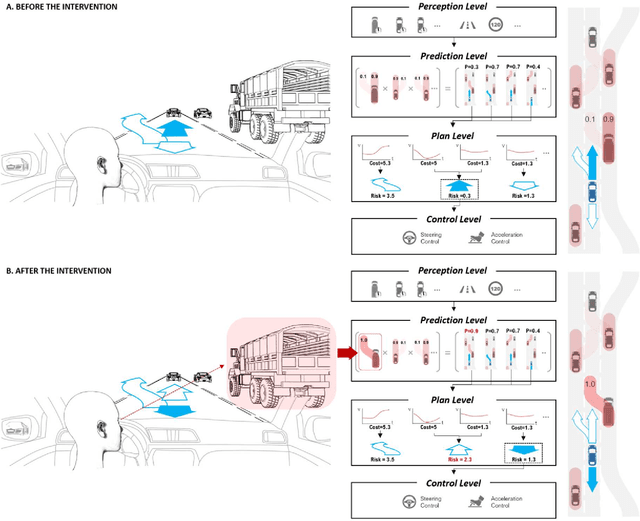
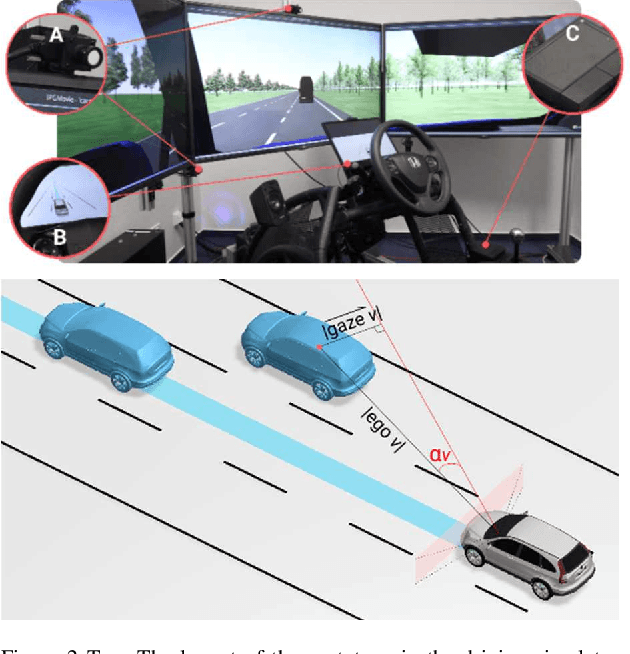
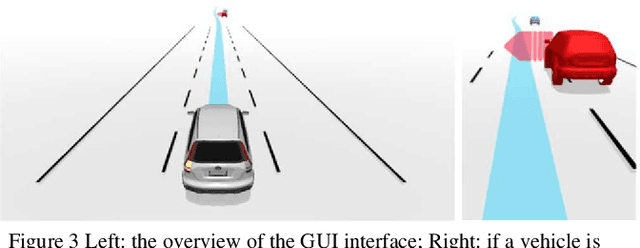
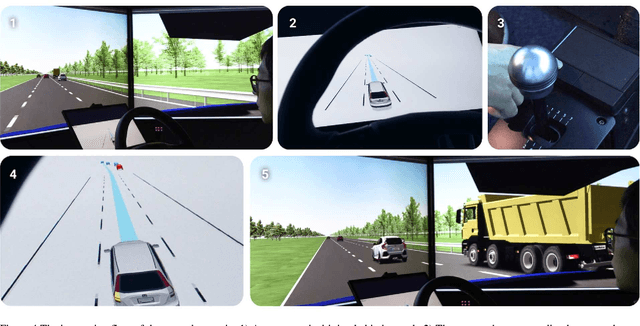
Abstract:To maximize safety and driving comfort, autonomous driving systems can benefit from implementing foresighted action choices that take different potential scenario developments into account. While artificial scene prediction methods are making fast progress, an attentive human driver may still be able to identify relevant contextual features which are not adequately considered by the system or for which the human driver may have a lack of trust into the system's capabilities to treat them appropriately. We implement an approach that lets a human driver quickly and intuitively supplement scene predictions to an autonomous driving system by gaze. We illustrate the feasibility of this approach in an existing autonomous driving system running a variety of scenarios in a simulator. Furthermore, a Graphical User Interface (GUI) was designed and integrated to enhance the trust and explainability of the system. The utilization of such cooperatively augmented scenario predictions has the potential to improve a system's foresighted driving abilities and make autonomous driving more trustable, comfortable and personalized.
Why robots should be technical: Correcting mental models through technical architecture concepts
Nov 05, 2020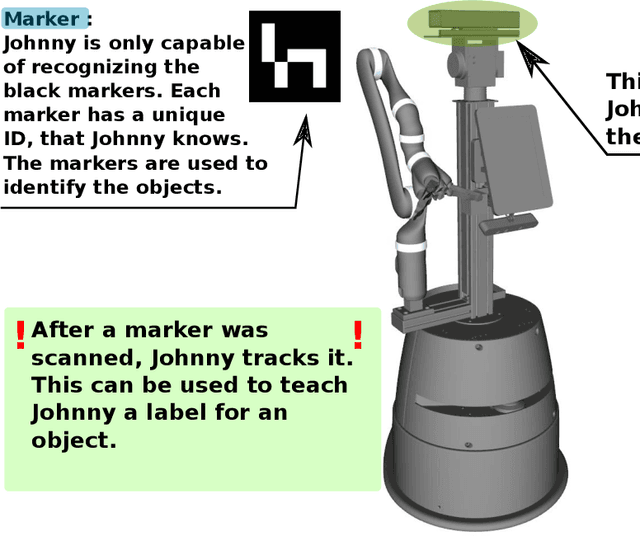

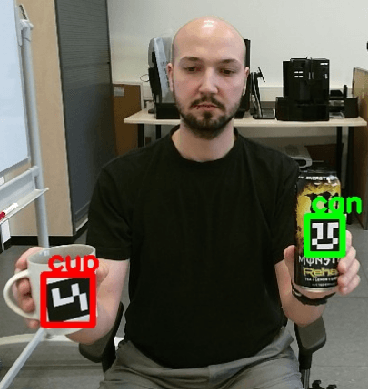
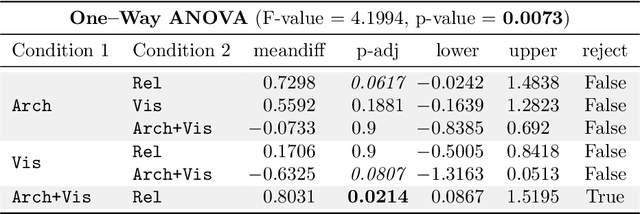
Abstract:Research in social robotics is commonly focused on designing robots that imitate human behavior. While this might increase a user's satisfaction and acceptance of robots at first glance, it does not automatically aid a non-expert user in naturally interacting with robots, and might actually hurt their ability to correctly anticipate a robot's capabilities. We argue that a faulty mental model, that the user has of the robot, is one of the main sources of confusion. In this work we investigate how communicating technical concepts of robotic systems to users affects their mental models, and how this can increase the quality of human-robot interaction. We conducted an online study and investigated possible ways of improving users' mental models. Our results underline that communicating technical concepts can form an improved mental model. Consequently, we show the importance of consciously designing robots that express their capabilities and limitations.
 Add to Chrome
Add to Chrome Add to Firefox
Add to Firefox Add to Edge
Add to Edge